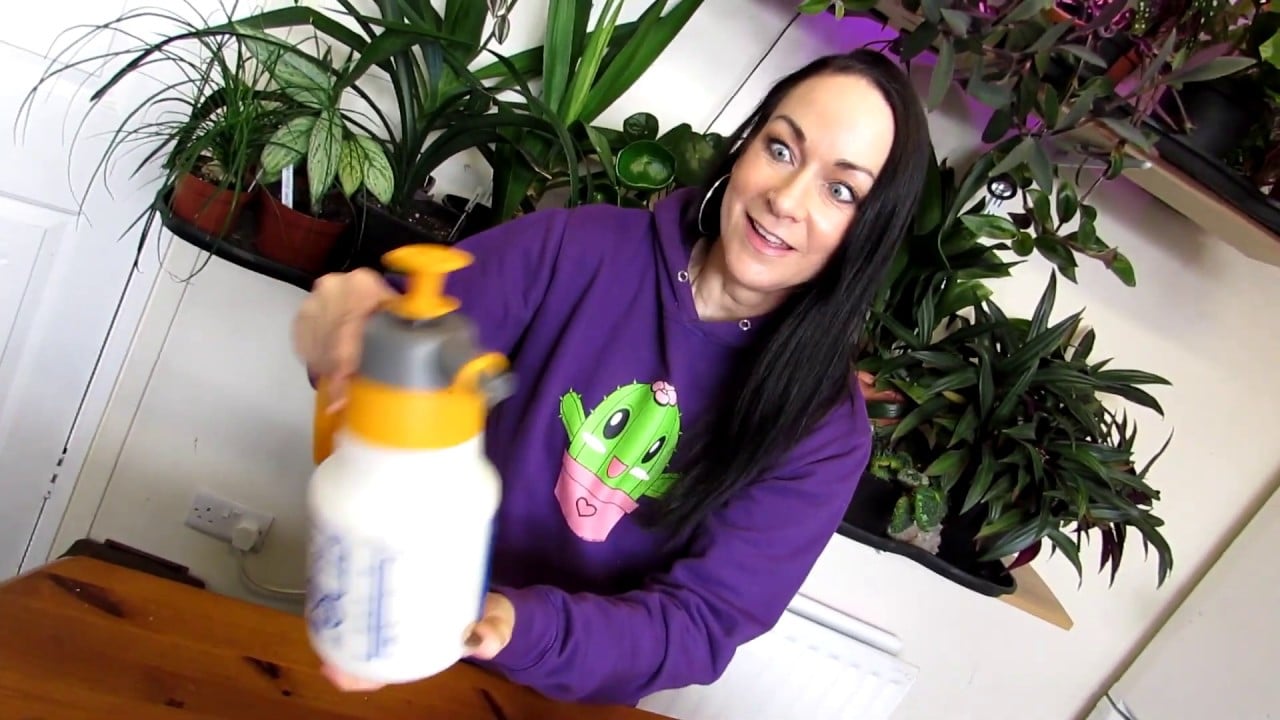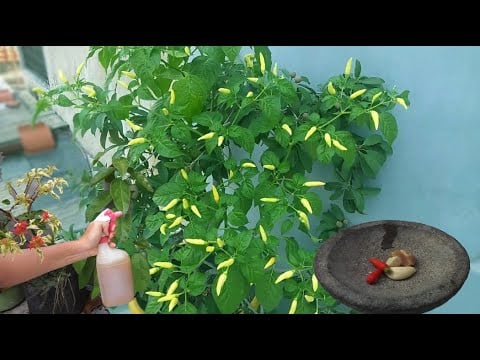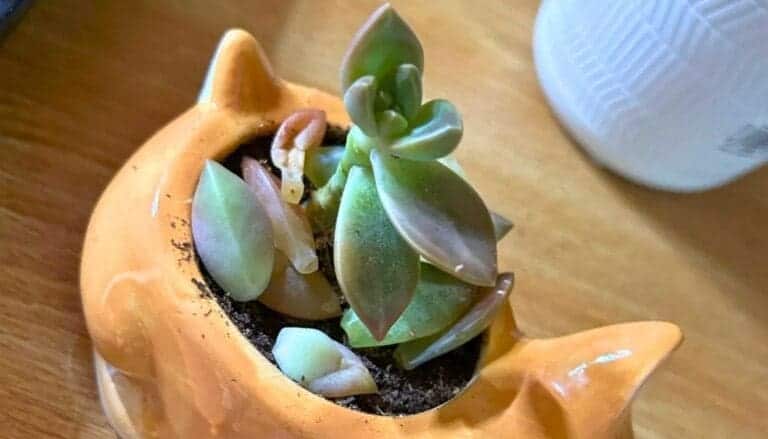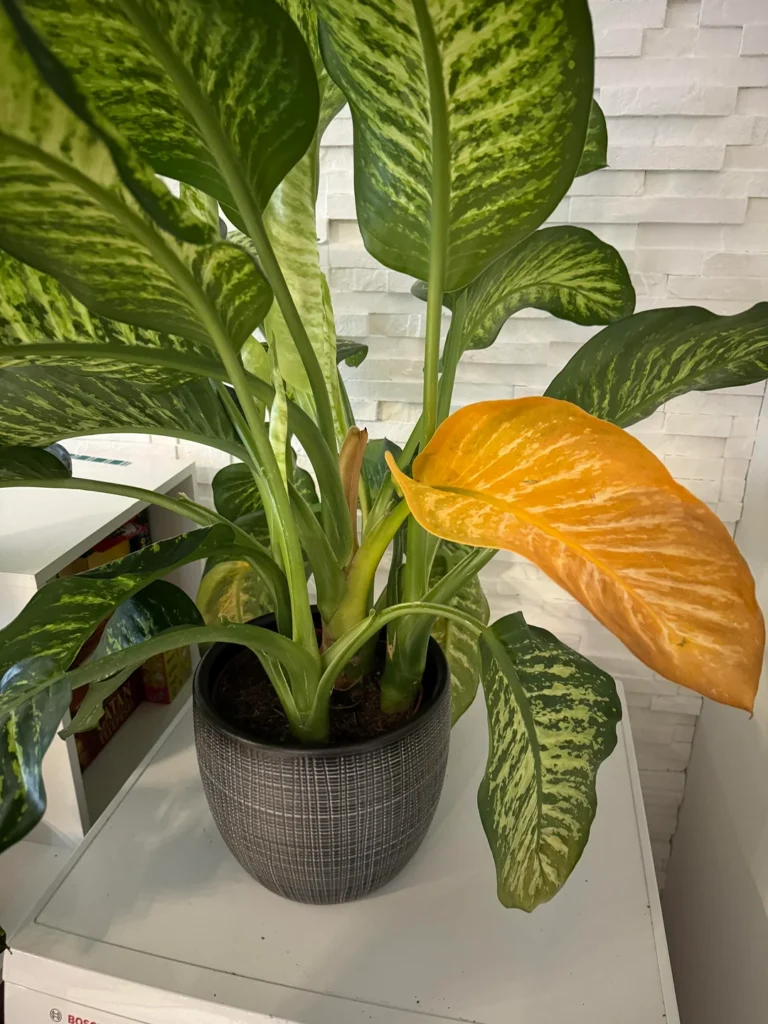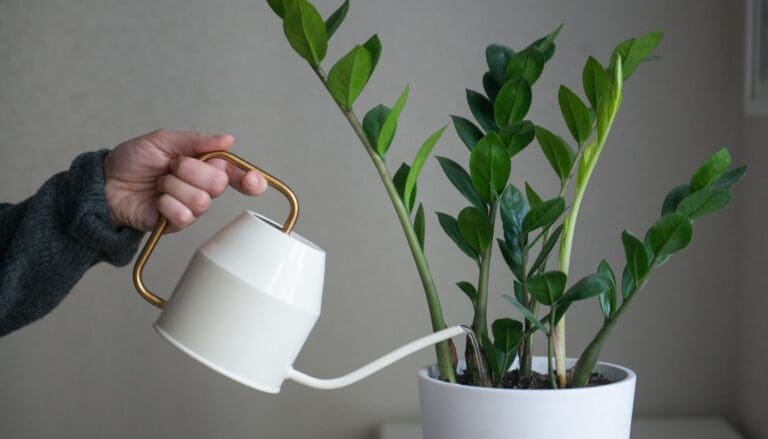5 Natural Insect Repellents Safe for Indoor Plants
Taking care of my indoor plants means a lot to me, but let’s be real—bugs can be a real hassle. I want to keep my plants happy without dousing them in harsh chemicals.
I’ve found that using natural insect repellents is a gentle way to keep pests away and help my plants stay healthy. With some simple and safe options, I can enjoy my green space indoors without stressing about any harmful effects.
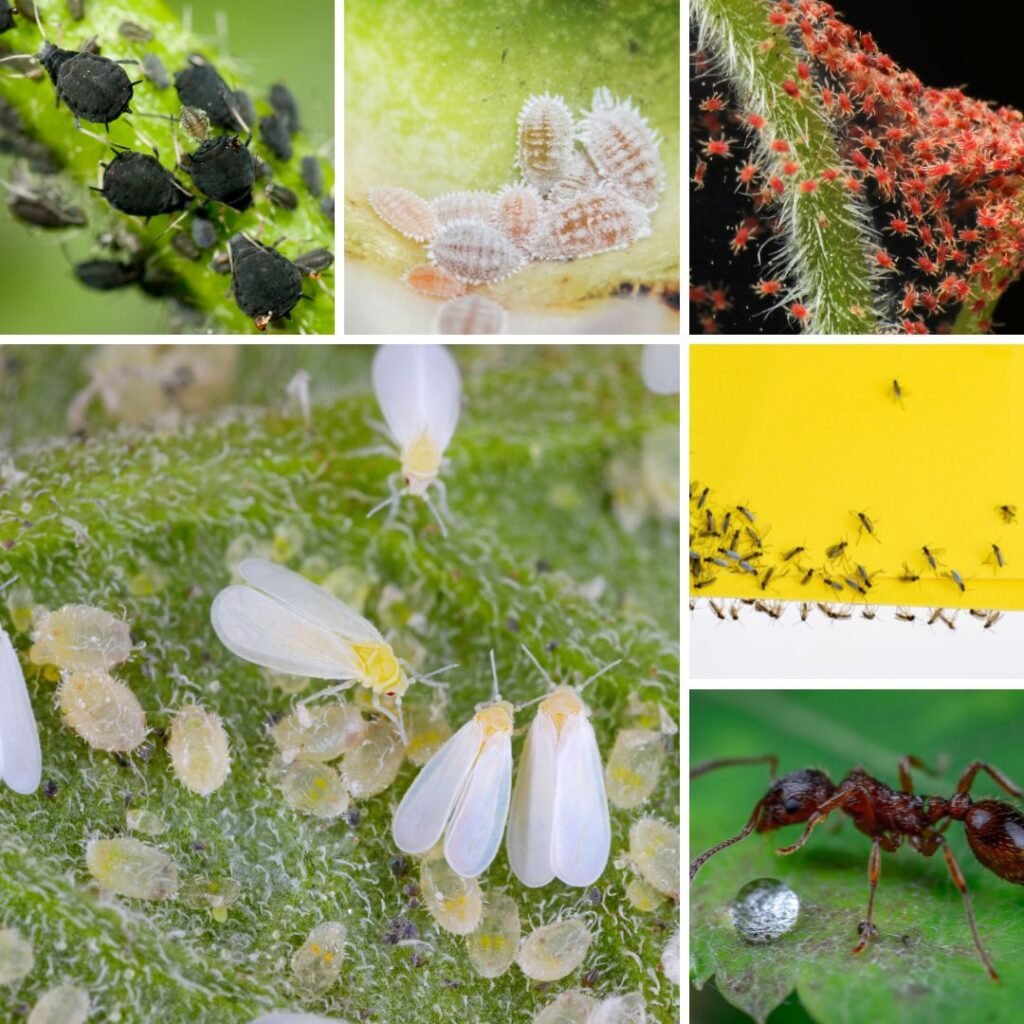
Please note: Simplify Plants is reader-supported. As an Amazon Associate, I earn from qualifying purchases made by our readers with no extra cost added to you all! Some links in the post are affiliate links and I get a commission from purchases made through links in the post.
1) Neem oil spray

Neem oil is honestly one of my top picks for natural insect repellents. It comes from the seeds of the neem tree and people have been using it for plant care for ages.
When I use neem oil, I mix a bit with water and a couple drops of mild dish soap. That makes it spread and stick to the leaves better.
I spray both sides of the leaves, always aiming for early morning or evening. Cooler times mean the spray doesn’t dry up too quickly.
Neem oil messes with bugs’ growth and feeding, so it’s pretty effective. It’s not harmful to people or pets if you use it right, which is a relief.
I’ll spray every week or two if I still spot bugs hanging around. I always keep an eye out for any weird reactions, like yellowing leaves, since some plants can be a little sensitive.
If I notice buildup from the oil or soap, I just wipe the leaves down with a damp cloth. Keeps things looking good and avoids any damage.
You can find neem oil online or at garden shops, no problem. It’s an easy, natural way to keep my indoor jungle safe.
2) Garlic and chili pepper spray

I like using garlic and chili pepper spray to keep bugs away from my indoor plants. Both garlic and chili peppers have strong smells and natural chemicals that disrupt insects.
To make it, I crush up a few garlic cloves and a couple of chili peppers. I toss them in water and let the mix sit overnight.
Next morning, I strain it and pour it into a spray bottle. I always test a small spot first—just in case my plants get fussy.
If the leaves still look happy after a day or two, I go ahead and spray the rest. This spray can help deter tiny pests like aphids, spider mites, and whiteflies.
I spray both the tops and undersides of the leaves, since bugs love to hide underneath. I try not to go overboard though, because the solution can be pretty strong.
If I’m using garlic and chili spray indoors, I open a window since the smell can stick around for a bit. Usually, it fades after a day.
It’s a natural option I feel good about using at home.
3) Diatomaceous earth dusting
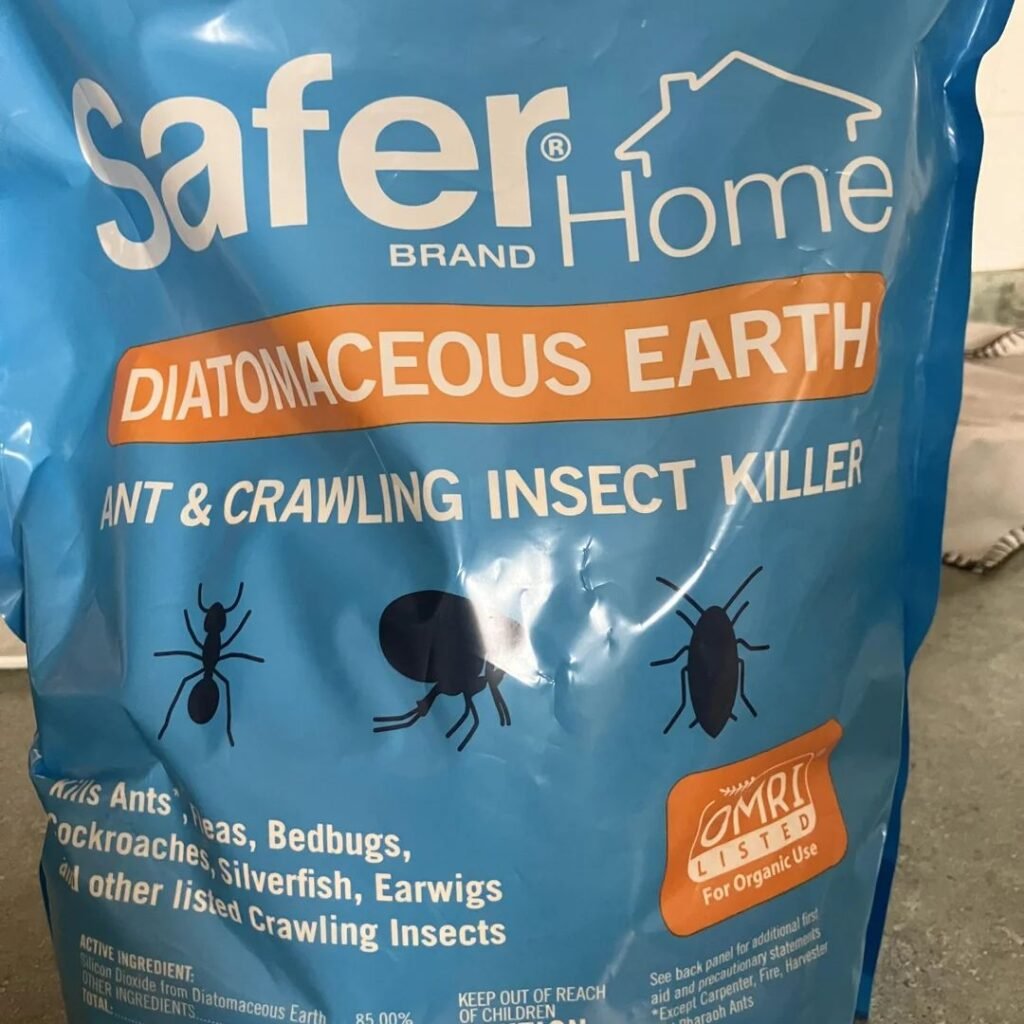
I like using diatomaceous earth because it’s simple and safe for my indoor plants.
Diatomaceous earth is this fine, white powder made from fossilized algae. Bugs walk over it, and it scratches them up and dries them out.
I sprinkle a thin layer on the soil and sometimes the leaves. I make sure the soil is dry before dusting, so the powder actually sticks and doesn’t just wash away.
It’s safe for people and pets, though I try not to breathe in the dust. If I’m using a lot, I’ll put on a mask—just being cautious.
It works well against small insects like fungus gnats, spider mites, and aphids. I haven’t noticed any weird smells or stains on my plants after using it.
I reapply after watering or if I see bugs making a comeback. This gentle method helps keep my houseplants healthy, and I don’t need to reach for harsh stuff.
4) Peppermint essential oil spray

I like to use peppermint essential oil spray because it’s quick to make and honestly, it works. The minty scent is strong enough to keep insects away, but it’s safe for people and pets if you don’t overdo it.
To make it, I mix ten drops of peppermint essential oil in a cup of water. I add a little mild soap to help everything blend, then shake it up before spraying.
I spray the leaves and even the soil surface sometimes. It helps protect my plants from aphids, spider mites, and fungus gnats.
I stick to spraying in the morning or late afternoon, so the leaves aren’t wet in the sun. I always test the spray on a small spot first, just to be safe.
If there’s no damage after a day, I go ahead and spray the rest. Peppermint oil spray also leaves my place smelling pretty fresh.
I’ll reapply every few days or after watering. If a plant seems sensitive, I use less oil or just wipe the leaves instead.
Using peppermint oil spray is a simple way to keep my indoor plants happy and bug-free.
5) Soap and water mixture

I love using a soap and water mixture for plant pests. It’s super easy and I always have what I need at home.
I mix one teaspoon of mild liquid soap (like dish soap) with a quart of water. I skip the scented or harsh stuff, since that can mess with my plants.
Once it’s ready, I pour it into a spray bottle and gently spray the leaves and stems, both sides if I can. The soap breaks down the bugs’ outer layers, so they can’t stick around.
I only spray once a week and always check for any changes. If I spot leaf damage, I rinse the plant with clean water to get rid of the soap.
This method works well for soft-bodied pests like aphids, spider mites, and whiteflies. I always test it on a single leaf first to make sure my plant is cool with it.
I like that this spray is safe, simple, and doesn’t have a strong smell. I can mix up a new batch whenever I need to, and there’s no fancy gear required.
Adding soap and water spray to my routine keeps my indoor garden in better shape. It’s a small thing, but it really helps.
How Natural Insect Repellents Work
I stick with natural insect repellents because they keep pests away without bringing chemicals into my home. These methods work in a few different ways, and they’re gentle on my plants.
Modes of Action on Pests
Most natural repellents work by targeting insects’ senses. Bugs just can’t stand strong smells—neem oil, peppermint, and citrus oils are pretty much a no-go for them.
When I spray these, bugs usually decide to move on. Some solutions make the plant surface slippery or sticky, which stops bugs from getting a good grip.
Others, like soap sprays, damage soft-bodied insects by drying them out or breaking down their outer coating. That’s basically game over for the bugs.
A few, like garlic, can even confuse pests and make it tough for them to find my plants. I find it handy that these options attack the problem in more than one way.
Why Indoor Plants Benefit From Natural Options
Natural insect repellents are usually safer for my plants and home. They’re less likely to hurt leaves or roots if I use them right.
I don’t worry about strong smells or weird residues bothering people or pets. Most of these repellents are things I already have at home, like soapy water or even vinegar.
They don’t add any nasty stuff to the air, and I can use them as often as needed. That gives me peace of mind about where my pets and family spend time.
My plants stay healthy and bug-free, and I’m not adding anything harsh to my space.
Tips for Safe Application Indoors

When I use natural insect repellents on my indoor plants, I want to keep my plants healthy and my home clean. Applying these products the right way helps protect both my plants and my living space.
Minimizing Plant Stress
I always test new stuff on just one or two leaves first. That way, if there’s any wilting or brown spots, it’s no big deal.
I try not to use more repellent than I need. Spraying too much can stress plants and block sunlight from their leaves.
I stick to spraying during cooler parts of the day, like early morning or evening, so the leaves don’t get burned. After spraying, I watch my plants for a few days.
If I see drooping, yellowing, or other weird stuff, I wipe the plant with a damp cloth and give it a bit more water if the soil feels dry.
My Quick Tips:
- Test first on one leaf.
- Spray lightly, not heavily.
- Avoid hot, sunny hours.
Avoiding Residue and Staining
Some natural sprays, especially oils and soaps, can leave sticky marks or stains on leaves and surfaces. I cover my furniture with newspaper, plastic, or a towel before spraying.
I try to spray just the parts of the plant that need it, holding the bottle close so stuff doesn’t drift. If any repellent gets on windowsills or walls, I wipe it up right away to avoid stains.
If there’s a visible film on the leaves, I use a soft, damp cloth to gently wipe it off after the spray has done its job. Keeps everything looking fresh.
My Quick Tips:
- Cover surfaces before you spray.
- Clean up drips or stains immediately.
- Wipe off any leftover residue from leaves.
Frequently Asked Questions
I’ve tried a bunch of natural ways to keep pests away from my houseplants. Here’s how I use safe, homemade sprays and products to protect my indoor plants and soil.
What are some simple recipes for homemade insect repellent for houseplants?
I mix 1 teaspoon of mild liquid soap with 1 liter of water for a gentle spray. Sometimes, I add a few drops of neem oil or peppermint oil for a little extra power.
For a garlic and chili spray, I blend two cloves of garlic and one chili pepper in water, strain it, and use it as a mist.
Which natural ingredients work best for DIY bug spray for indoor plants?
Neem oil is honestly one of my favorites—it just works on so many different bugs. I also reach for peppermint oil, garlic, or even a bit of mild soap, depending on what’s around.
These simple ingredients help keep pests away without harming my plants or anyone in the house. It’s nice not having to worry about harsh stuff indoors.
How can I create an effective mosquito repellent at home for my pot plants?
I usually add about 10 drops of peppermint essential oil to a spray bottle filled with water. Give it a good shake, and then I spray the mix onto the leaves and soil every few days.
Neem oil works too, if you mix it with water and a little soap. It’s honestly pretty easy, and you don’t need fancy supplies.
What’s the most efficient natural solution for pest control in indoor gardens?
Neem oil spray is my go-to for most bugs. It’s easy to mix up with water and a bit of soap, plus it’s gentle on the plants.
Sometimes I’ll dust a little diatomaceous earth around the soil if I’m dealing with crawling insects. It’s not messy, and I feel better knowing it’s not harmful.
Can I use homemade sprays to safely treat soil pests affecting my houseplants?
I use a soap and water spray, or sometimes a neem oil mix, to soak the top layer of soil. For tougher pests, a sprinkle of diatomaceous earth on the soil surface does the trick and won’t hurt the plants.
I just don’t use harsh chemicals indoors—never felt good about that.
Are there any natural remedies to produce smoke that repels mosquitoes indoors?
Sometimes, I’ll burn a handful of dried neem leaves or even coffee grounds in a safe dish to create a bit of smoke. If you try this, make sure the room’s well-ventilated, and, honestly, never walk away while it’s burning.
Recommended Garden Supplies
| Product Image | Our Recommended Gardening Supplies | Check Offers! |
|---|---|---|
Top Top
Top
Top
Top
Top
Top
Top
Top | rePotme Houseplant and Tropical Classic Potting Soil Mix | Check Offer On Amazon |
 Top
Top
Top
Top
Top
Top
Top
Top | Espoma Organic Indoor Plant Food | Check Offer On Amazon |
 Top
Top
Top
Top
Top
Top
Top
Top | GooingTop LED Grow Light 6000K Full Spectrum Clip Plant Growing Lamp | Check Offer On Amazon |
 Top
Top
Top
Top
Top
Top
Top
Top | Soil Moisture Meter | Check Offer On Amazon |
 Top
Top
Top
Top
Top
Top
Top
Top | Govee Hygrometer Thermometer, Bluetooth Enabled! | Check Offer On Amazon |
 Top
Top | LEVOIT Humidifiers for Large Room(Best For Plants) | Check Offer On Amazon |
 Top
Top
Top
Top
Top
Top
Top
Top | Upgraded DIY Automatic Drip Irrigation Kit, 15 Potted Houseplants Support | Check Offer On Amazon |
 Top
Top
Top
Top
Top
Top
Top
Top | Stainless Steel Heavy Duty Gardening Tool Set | Check Offer On Amazon |
 Top
Top
Top
Top
Top
Top
Top
Top | Bonide Insecticidal Soap | Check Offer On Amazon |
 Top
Top
Top
Top
Top
Top
Top
Top | Bonide 32 oz Spray Neem Oil for Organic Gardening | Check Offer On Amazon |
 Top
Top
Top
Top
Top
Top
Top
Top | Garden Safe Fungicide | Check Offer On Amazon |

